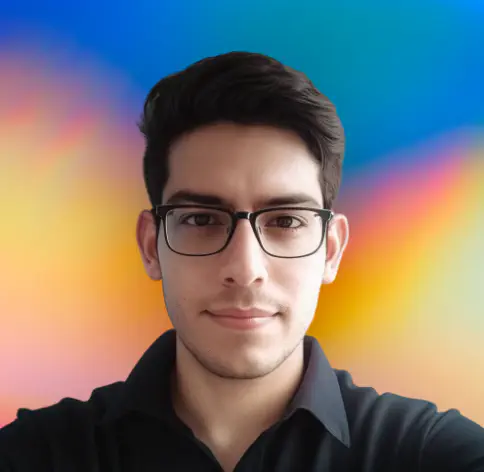Unless you’ve been living under a rock, you’ve likely heard of quantum computing — the groundbreaking technology set to redefine our species’ computational prowess. It has the potential to dwarf even the fastest supercomputer operating today. At the heart of this technology lies the humble qubit.
A bit (here onwards referred to as classical bit) refers to the fundamental unit of information in a computing device. It’s quantum counterpart is known as quantum bit (qubit).
What’s the difference, you may ask? Here is a non-exhaustive list of differences.
Number of states
- Classical bit: can exist in either of two states, 0 or 1.
- Qubit: can exist in 0 or 1, or in a Superposition of both states.
Entanglement
- Classical bits are independent of each other.
- Qubits can be entangled, meaning the state of one qubit can affect the state of another, even when they are separated by a large distance.
Measurement
- Measuring a classical bit gives a definite value (0 or 1).
- Measuring a qubit collapses its superposition to one of the basis states (0 or 1) with certain probabilities, depending on its quantum state before measurement.
These differences enable quantum computers to perform certain computations more efficiently than classical computers.
Physical realisation
Realization refers to the practical implementation of something in the real world.
Classical Bit
Classical bits are typically realized using physical systems that can represent two states. Common implementations include:
- Transistors: In digital circuits, transistors can be in an “on” state (representing 1) or an “off” state (representing 0).
- Magnetic storage: In hard drives, bits are represented by the magnetic orientation of particles (e.g., north or south).
- Optical media: In CDs or DVDs, pits and lands can represent bits, where a pit might represent 0 and a land represents 1.
Qubit
A qubit can be realised using two-state (or two-level) quantum-mechanical system. But there exist other options as well like using polarisation of light. Common implementations include:
- Superconducting Circuits: These circuits can create qubits that utilize the quantum properties of superconductivity.
For superconducting qubits, the two logic states are the ground state and the excited state, denoted as
- Trapped Ions: Individual ions can be trapped and manipulated using lasers, where their internal energy states represent qubit states.
- Photons: Quantum states of light can be used to represent qubits, with properties like polarization or phase encoding the information.
- Quantum Dots: Semiconductor nanostructures can confine electrons, and their spin states can represent qubits.
Other materials for physical carriers of qubits include electron’s spin in a magnetic field, Josephson junction devices.
